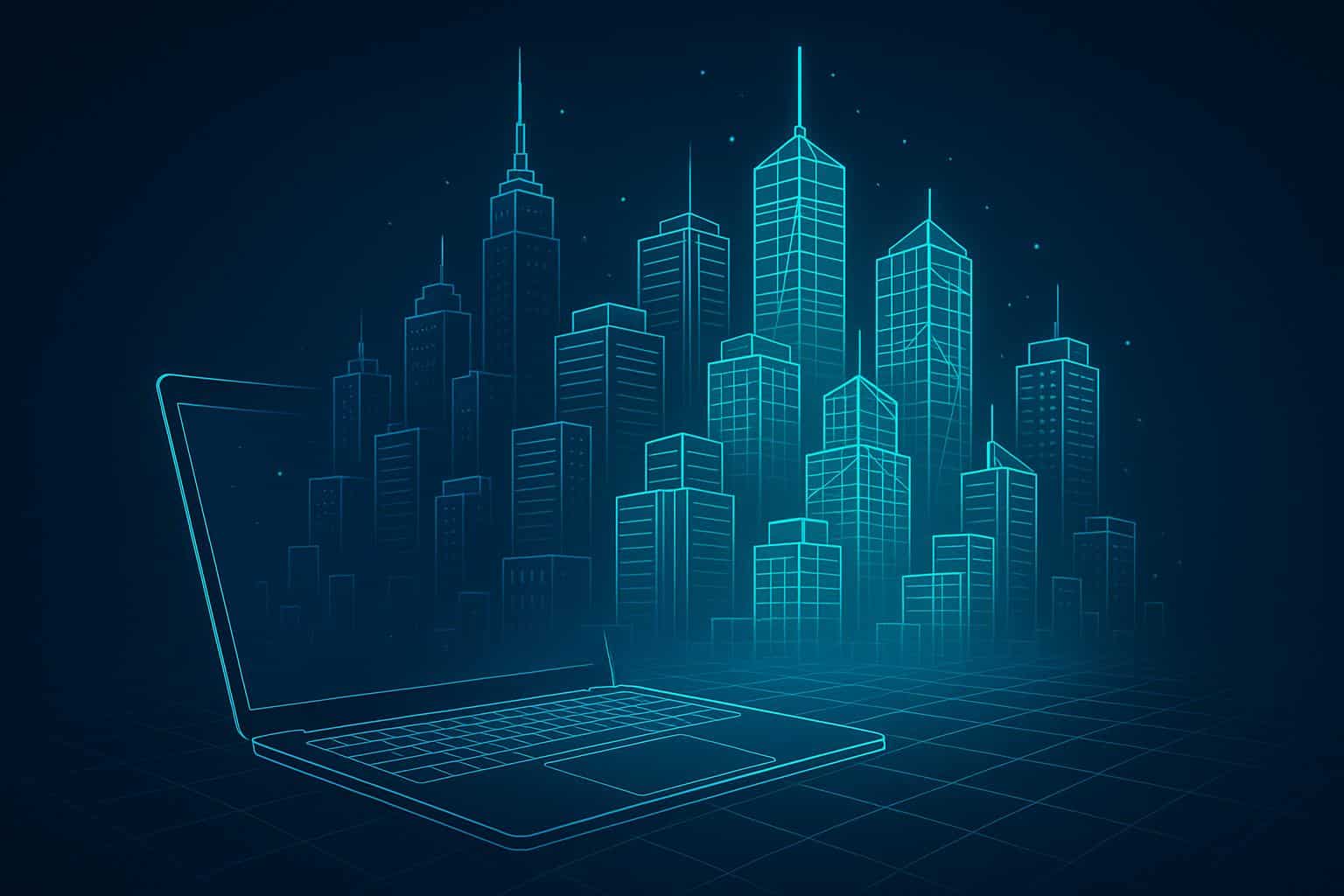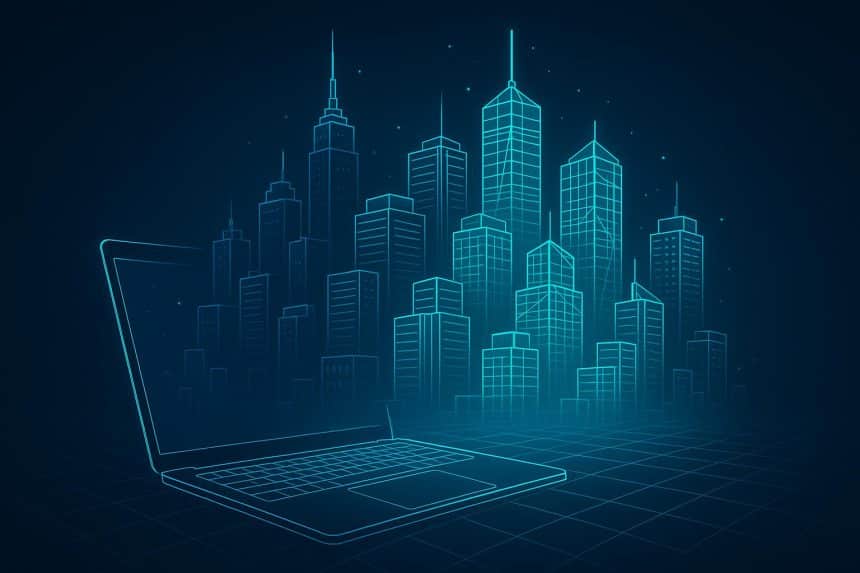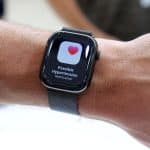In the world of cutting-edge technology, few innovations are as quietly transformative as digital twins. While the phrase might sound like a sci-fi concept, digital twins are already shaping everything from aerospace engineering to smart cities. At their core, they’re virtual replicas of real-world systems, processes, or objects—designed to simulate, predict, and optimise performance before anything happens in real life.
Imagine being able to test how a jet engine would react to extreme temperatures, or how traffic would flow in a new city layout—all without spending a cent on physical prototypes. That’s the power of digital twins, and it’s one of the biggest shifts redefining how we design, build, and manage the world around us.

This isn’t just theoretical hype. Giants like Siemens, Microsoft, and Tesla are already betting big on the technology. And as access to data, sensors, and simulation tools improves, digital twins are no longer just a tool for multinationals—they’re becoming the new standard in innovation.
From Factories to Smart Cities: Where Digital Twins Are Winning
The early use of digital twins came from the manufacturing sector. Companies wanted a way to model machinery digitally, identifying wear and tear before it caused breakdowns. But as computing power and connectivity exploded, the applications multiplied:
- Healthcare: Digital twins of organs or patients help doctors personalise treatments and simulate surgeries.
- Urban Planning: Cities like Singapore use digital twins to test infrastructure projects and emergency responses.
- Energy: Utility providers model grids digitally to balance loads and reduce blackouts.
- Automotive: Car manufacturers like BMW use digital twins to simulate production lines before building them.
This shift shows that digital twins aren’t a niche tool anymore—they’re a foundational part of the modern economy. They save money, accelerate innovation, and drastically reduce risks.
Even consumer industries are beginning to experiment with digital twinning. Some retail companies create digital twins of their supply chains to anticipate bottlenecks. Others model customer experiences to design better store layouts or apps.
The idea is simple: if you can predict it, you can perfect it.
Why the Data Boom Made Digital Twins Inevitable
The explosion of Internet of Things (IoT) devices, sensors, and cloud computing made digital twins possible at scale. Every “smart” device today—your car, phone, even your smartwatch—generates data that can feed into a digital model.
When combined with machine learning, these models evolve in real time, mirroring physical changes and predicting outcomes. A digital twin of a wind turbine, for example, can tell engineers when a blade will likely fail based on stress data—long before it actually happens.
This constant loop of feedback between the real and virtual worlds is what makes the concept so powerful. And for businesses, it means better efficiency and smarter decision-making without the cost of trial and error.
Interestingly, the rise of virtual financial ecosystems mirrors this digital trend. People who prefer prepaid systems or privacy-first transactions are also gravitating toward flexible solutions. They visit Eneba – buy Venmo gift card online, and fund their accounts or manage online purchases seamlessly without exposing personal financial data. It’s a small but symbolic example of how the real and virtual economies are becoming more intertwined every day.
The Benefits That Make Digital Twins a Game-Changer
Digital twins offer three massive advantages that explain their rapid adoption:
- Predictive Maintenance: Detect potential failures before they happen, reducing downtime and saving millions.
- Faster Innovation Cycles: Test designs virtually to shorten development times and cut R&D costs.
- Sustainability and Efficiency: Simulate energy consumption, waste output, and material usage to design greener systems.
These benefits scale from factories to entire cities, meaning industries can model complex interactions across systems—like how a power outage might affect traffic or hospital operations.
The Challenges: Not Everything Is Perfect Yet
For all their promise, digital twins come with hurdles. Building accurate models requires massive amounts of data—and that raises privacy and security concerns. In critical infrastructure, a hacked digital twin could reveal vulnerabilities or sensitive operational details.
Additionally, the cost and complexity of developing these systems still limit small and mid-sized businesses from fully adopting them. However, as open-source tools and cloud-based AI platforms become more accessible, digital twins are expected to become more affordable and user-friendly.
hen Everything Has a Twin
The future will likely see digital twins embedded in every major system—from personal health to planetary climate models. We’ll be able to simulate the global economy, forecast environmental changes, or predict city-level energy demands in real time.
In other words, we’re heading toward a digitally mirrored world, where virtual models guide real-world decisions with unprecedented accuracy.
As technology continues to merge the physical and virtual, our interactions with data—and even money—are evolving too. Digital marketplaces like Eneba reflect this same fusion: bridging online convenience with real-world value, and offering secure, flexible prepaid cards that empower users everywhere.












